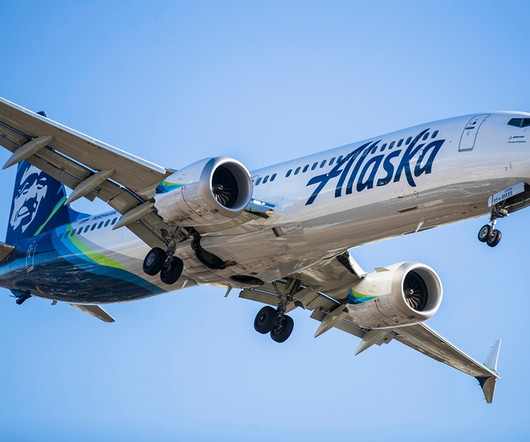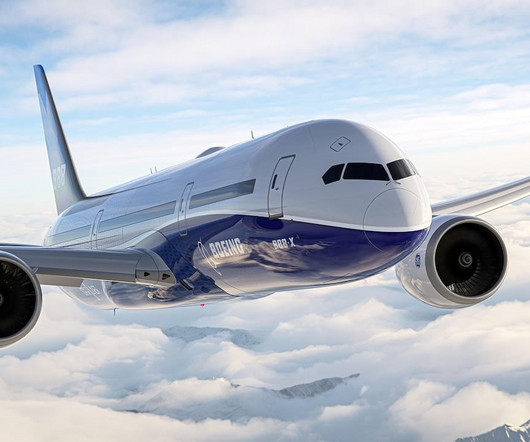Mastering the Crosswind Landing Technique: Tips for Safer Touchdowns
Pilot's Life Blog
JUNE 18, 2025
This method provides better control at touchdown because the aircraft’s longitudinal axis remains aligned with the runway. Smaller planes may feel more affected, while larger aircraft have better stability. The lowered wing counters the wind drift, while the rudder maintains directional control.












Let's personalize your content